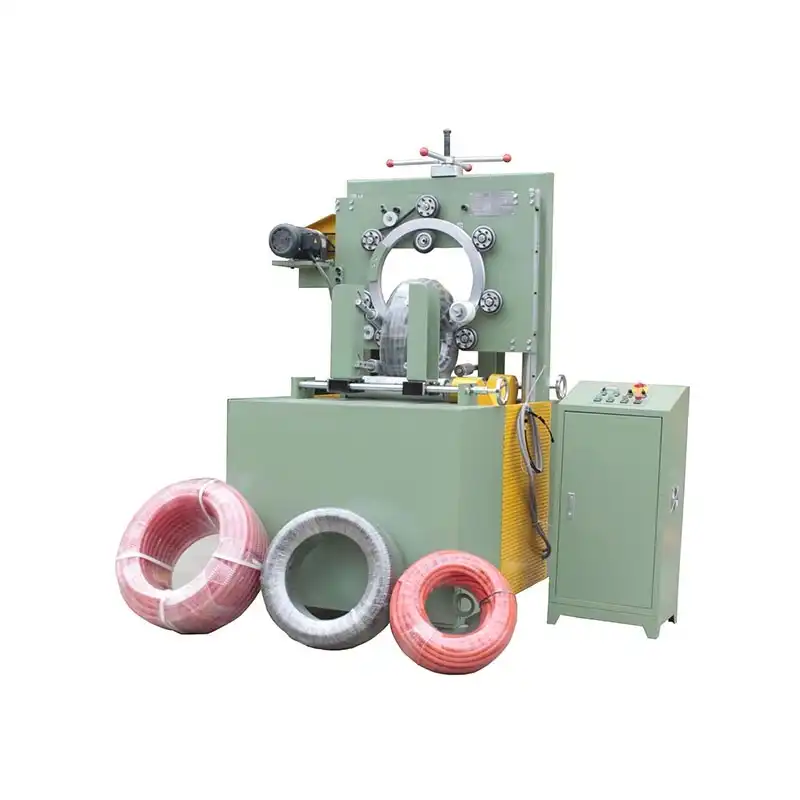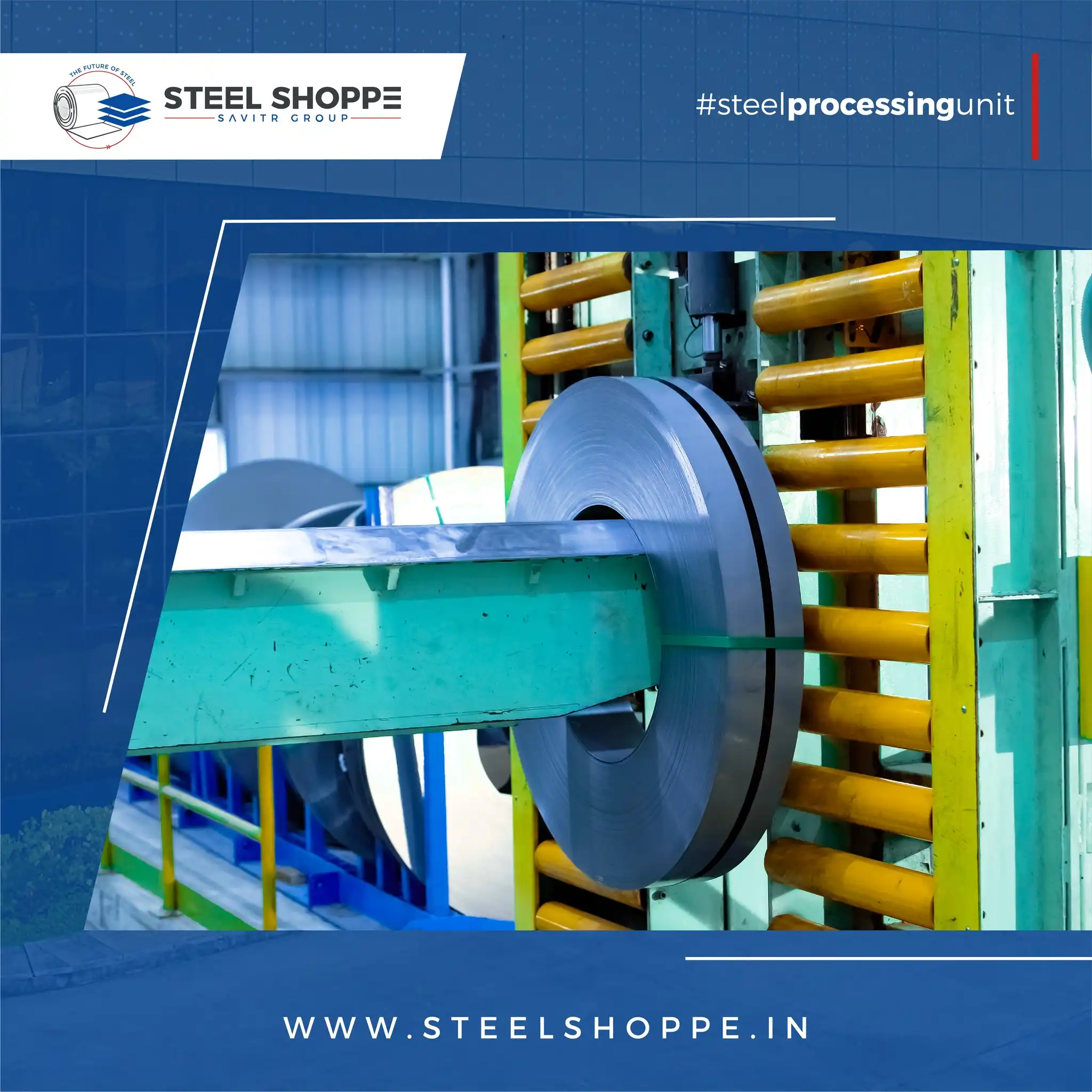How to Safely Move Heavy Steel Coils with Manual Handling Equipment
Steel coils, indispensable in numerous industries, present significant handling challenges due to their immense weight and unwieldy nature. Mishandling these behemoths can lead to devastating workplace accidents, causing severe injuries and costly damages. Are you equipped with the knowledge and tools to move these industrial giants safely?
Moving heavy steel coils manually demands meticulous planning and the correct equipment to mitigate risks. This article provides a comprehensive guide on safely handling steel coils using manual handling equipment, ensuring worker safety and operational efficiency.
This guide will equip you with actionable strategies to minimize risks and enhance safety when manually handling heavy steel coils. Let’s delve into the essential practices.
Understanding the Risks of Manual Steel Coil Handling
Handling steel coils manually is fraught with dangers. The sheer weight of these coils, combined with their cylindrical shape, creates a high-risk environment for workers. Without proper precautions, the consequences can be severe. What are the key dangers you need to be aware of?
Manually handling steel coils presents significant risks, primarily due to their weight and shape. Common hazards include crushing injuries from dropped coils, lacerations from sharp edges, strains and sprains from improper lifting techniques, and struck-by injuries from rolling coils. Lack of proper training, inadequate equipment, and unsafe practices significantly amplify these risks, making workplace safety a paramount concern when dealing with steel coils.
Ignoring these hazards is not an option. Understanding and mitigating these risks is the first step towards a safer working environment. Let’s break down the specific dangers in detail.

Detailed Risk Analysis: Types of Injuries and How to Prevent Them
To effectively prevent accidents, it’s crucial to understand the specific types of injuries that can occur during manual steel coil handling. Let’s examine a detailed breakdown of these risks and the preventative measures you can implement.
| Risk Type | Description | Preventative Measures |
|---|---|---|
| Crushing Injuries | Occur when a coil falls or rolls onto a worker, often resulting in fractures, internal injuries, or fatalities. | – Use appropriate lifting equipment like cranes or forklifts whenever possible. – Ensure coils are properly secured and blocked to prevent rolling. – Never stand or walk directly under suspended coils. |
| Lacerations/Cuts | Sharp edges on steel coils and strapping can cause severe cuts and lacerations. | – Always wear heavy-duty, cut-resistant gloves. – Inspect coils for sharp edges before handling. – Use caution when handling strapping and banding. |
| Strains and Sprains | Improper lifting or awkward postures when manually moving coils can lead to muscle strains and joint sprains, particularly in the back and shoulders. | – Employ proper lifting techniques: bend your knees, keep your back straight, and lift with your legs. – Use back support belts for added lumbar support. – Avoid twisting while lifting. |
| Struck-by Injuries | Workers can be struck by rolling or shifting coils, especially when coils are not properly secured during movement. | – Establish clear and safe pathways for coil movement. – Use spotters to guide and warn others during coil transport. – Ensure adequate lighting in work areas. |
| Foot Injuries | Dropped coils or equipment can cause foot fractures and crush injuries. | – Always wear steel-toe boots meeting ASTM F2413-18 standards. – Keep work areas clear of obstacles and debris. – Ensure proper footwear is worn at all times. |
By understanding these specific risks and consistently applying the preventative measures, you can significantly reduce the likelihood of accidents and injuries in your workplace. Safety is not just a priority; it’s a necessity.
Essential Manual Handling Equipment for Steel Coils
While minimizing manual handling is always the goal, certain situations necessitate it. Having the right equipment is crucial for making these tasks as safe as possible. What tools are indispensable for the safe manual handling of steel coils?
Essential manual handling equipment for steel coils includes heavy-duty, cut-resistant gloves to protect hands from sharp edges, steel-toe boots to prevent foot injuries from dropped coils, and back support belts to reduce strain during lifting. Additionally, tools like coil hooks, C-hooks, and lifting tongs, when manually operated, can significantly enhance safety by providing better grip and control over the coils, minimizing direct hand contact and reducing the risk of accidents.
Equipping your team with the correct tools is a direct investment in their safety and your operational efficiency. Let’s explore these essential pieces of equipment in more detail.











